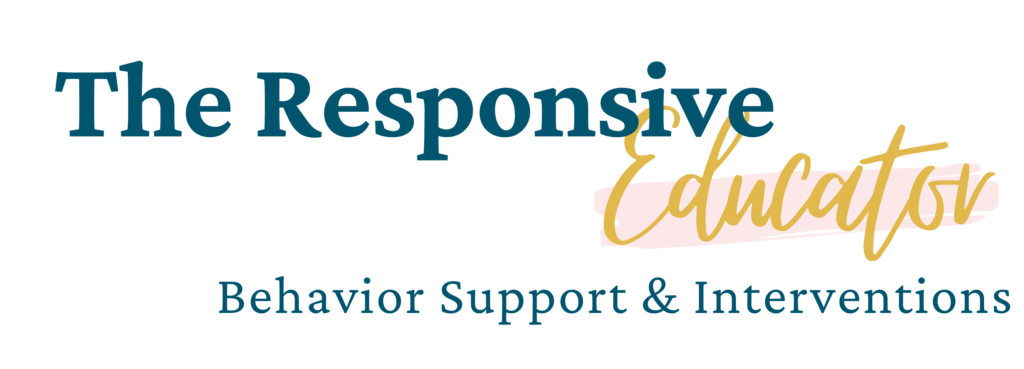FBAs and BIPs can feel complex, but they’re also incredibly rewarding tools for supporting student success when implemented effectively. Taking the time to understand these processes and refine your approach can make a significant difference in addressing challenging behaviors and creating a positive learning environment. If you have additional questions or need guidance on specific situations, feel free to reach out—I’d love to help you navigate these important steps with confidence!








